Is Housing Affordability Finally Getting Better?
In recent years, many people have struggled to purchase a home. Although affordability remains challenging, there are indications that it’s gradually improving and could continue to do so as the year progresses. Lawrence Yun, Chief Economist at the National Association of Realtors (NAR), notes:
"Housing affordability is improving ever so modestly, but it is moving in the right direction."
Let’s take a look at the latest data on the three key factors impacting home affordability: mortgage rates, home prices, and wages.
1. Mortgage Rates
Mortgage rates have been fluctuating this year, ranging between the mid-6% and low 7% levels. However, there’s some positive news. According to data from Freddie Mac, rates have been on a downward trend overall since May (see graph below):
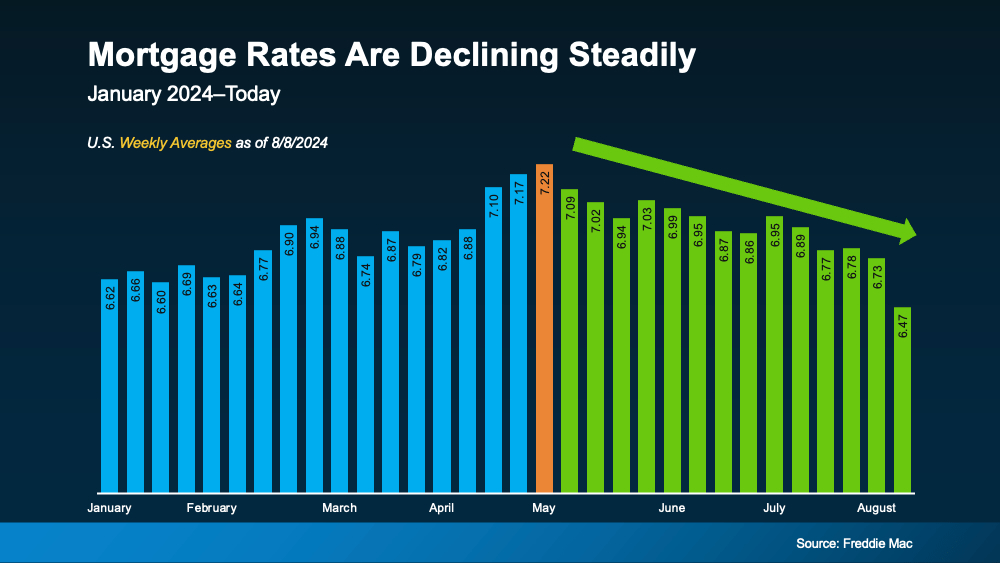
Mortgage rates have recently improved, partly due to the latest economic, employment, and inflation data. While some rate fluctuations are expected going forward, experts suggest that if economic indicators continue to show cooling, mortgage rates could decrease further. Even a slight drop can benefit you, as lower rates make it easier to afford the home you desire by reducing your monthly payments. However, don't anticipate rates returning to 3%.
2. Home Prices
The second major factor to consider is home prices. Nationally, they’re still increasing this year, but not as rapidly as they did a few years ago. The graph below, using data from Case-Shiller, illustrates this trend:
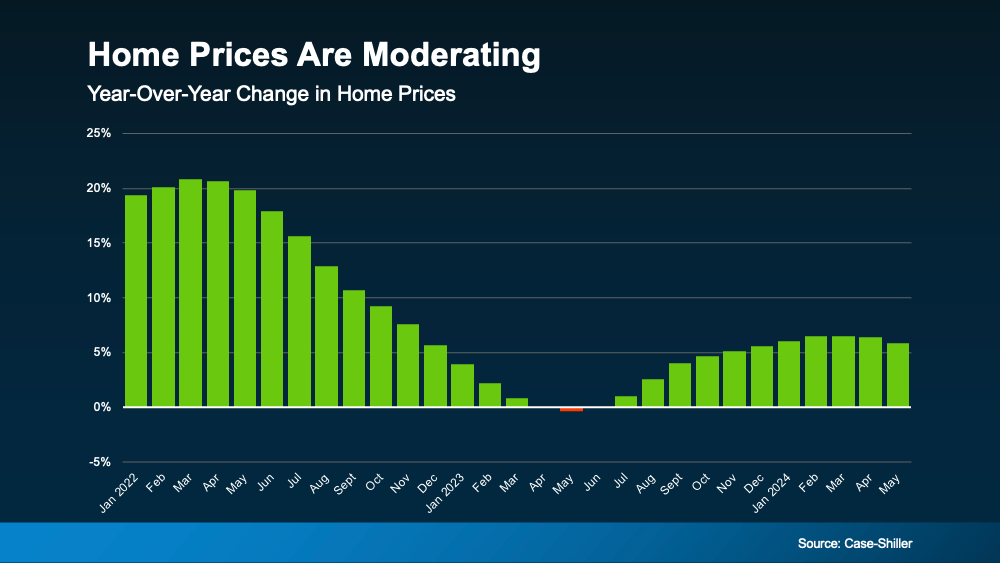
If you’re thinking about buying a home, this slower pace of price growth is encouraging. Home prices surged during the pandemic, making it challenging for many to purchase. Now, with prices rising more gradually, homeownership may feel more attainable. As Odeta Kushi, Deputy Chief Economist at First American, notes:
"While housing affordability remains low for potential first-time buyers, slower price appreciation and lower mortgage rates could help – so the dream of homeownership isn’t out of reach just yet."
3. Wages
Another factor contributing to improved affordability is rising wages. The graph below, based on data from the Bureau of Labor Statistics (BLS), illustrates how wages have increased over time:
The blue dotted line represents the typical annual wage growth. On the right side of the graph, you'll notice that wages are currently increasing at a faster pace than usual, as shown by the green line.
This benefits you because as your income rises, it becomes easier to afford a home. With a higher income, a smaller portion of your paycheck will go toward your monthly mortgage payment.
Bottom Line
When you consider all these factors together, it becomes clear that mortgage rates are trending downward, home prices are increasing at a slower pace, and wages are rising faster than usual. While affordability remains a challenge, these trends are promising early indicators that conditions may be gradually improving. As these patterns continue, the housing market could become more accessible for those looking to buy a home.
Categories
Recent Posts

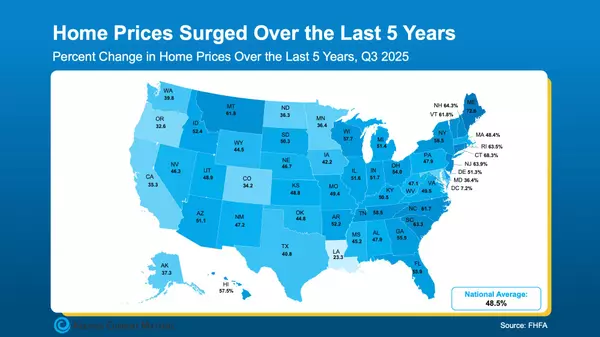
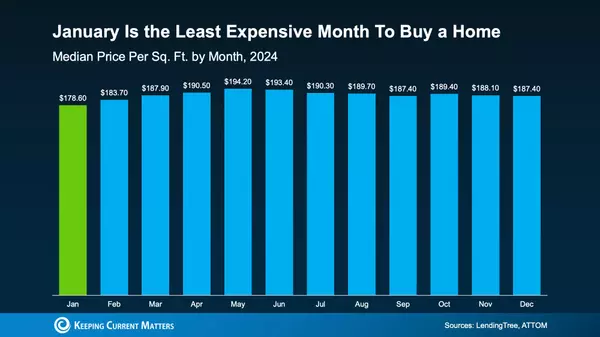
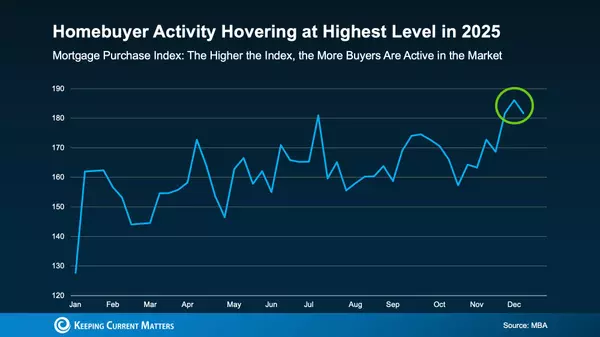
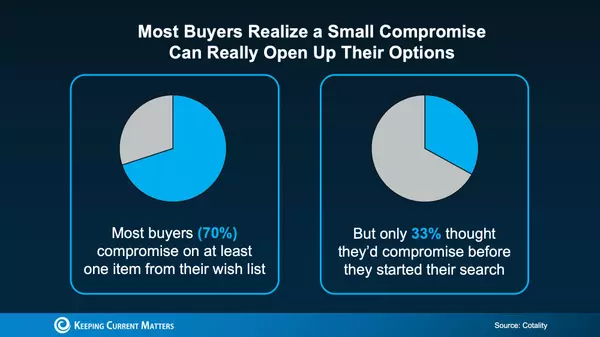




GET MORE INFORMATION


